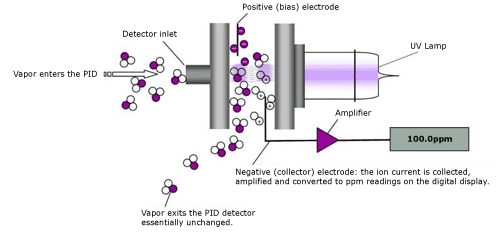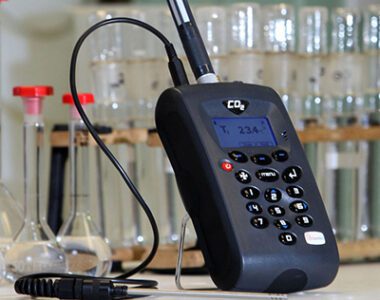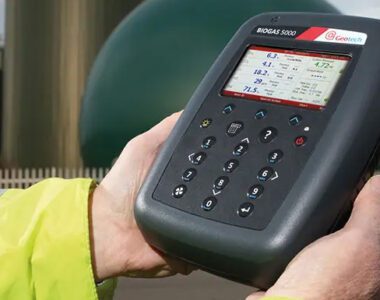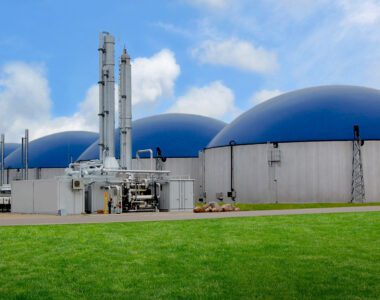
People need more than just their natural sense organs to guarantee their safety and security during everyday life or professional activities. Detection of hazardous elements in the environment, remediation of water, air, and soil, explosion prevention in mining and different industries, fire safety and many other spheres of human life require high-technology precision equipment. One of such tools is Photoionization Detector (PID).
The principle of operation
The photoionization detector is an effective but not expensive instrument that recognizes and measures gas and vapor. It detects the volatile organic compounds with the help of ultraviolet light that is absorbed by molecules, and the gas atoms turn into positive or negative ions. Charged ions produce electrical current, which is measured and calculated into values of Parts Per Million (PPM) or Parts Per Billion (PPB). The photons are emitted by the ultraviolet lamp, the gas with the help of a pump goes through the sensor, and if the analytes are found, the Detector alarms with light and sound. This is a non-destructive method of analysis, as it involves only a small amount of molecules, and their ions recombine into original elements. Photoionization detectors can be used together with other cognate equipment for more precise measurements.
 Modern PIDs are portable and handy, they have the microprocessor to calculate the organic compounds, display to read the results and energy-independent memory to save the data. They can detect such VOCs as:
Modern PIDs are portable and handy, they have the microprocessor to calculate the organic compounds, display to read the results and energy-independent memory to save the data. They can detect such VOCs as:
- degreasers and solvents;
- heat transfer fluids and fuels;
- plastics and their parent materials;
- lubricants and others.
The sensitivity of each photoionization detector depends on the ultraviolet lamp it comprises.
Different kinds of Lamps
When using the PID you have to remember that it detects gases with the same or lower ionization energy than that of photons emitted by the UV lamp. This energy depends on the fill gas and the lamp window. The normal characteristics of clean air are lower than 12.0 eV.
UV lamps can be filled with Xenon, Krypton, and Argon, and accordingly are divided into three types. Xenon lamps have the lowest photon energy and can detect unsaturated organic compounds with 6 and more atoms of carbon. It has the longest life but recognizes the least number of elements. The most used is the Krypton lamp with Photon energy of 10.6 eV, as it can disclose most VOCs and has a comparatively long life. The highest ionization energy has the Argon lamp, but its window is made of Lithium Fluoride and it does not live long.
With the help of the most robust Krypton lamp, you can detect and measure 80% of all organic chemicals, among them alcohols, aromatics, iodides and bromides, amines, mercaptans, aldehydes, ethers, acrylates, esters, etc., and even some inorganic elements.
Applications
Photoionization detectors are highly used when there is a need to find the leak of fuel or chemicals, in situations when workers have to check the safety and fire security of the working place, and for laboratory needs. PIDs are irreplaceable in fire engineering; it is also applied in gas chromatography. Hand-held tools are helpful in areas of technological disasters and even in checking the contamination of living places.
 English
English
 German
German
 French
French
 Spanish
Spanish



